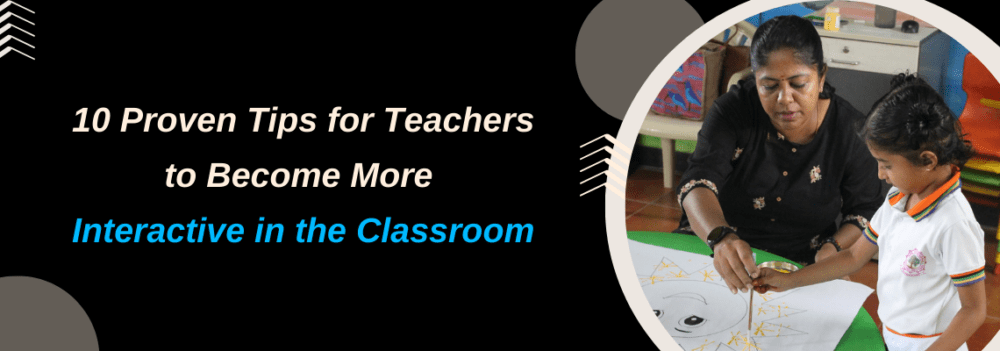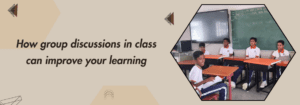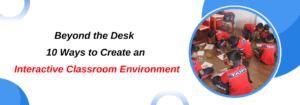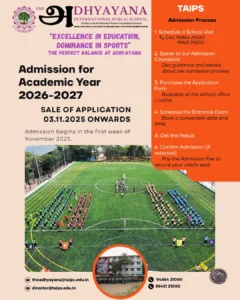Set the Stage with Open-Ended Questions
Starting class by posing an intriguing open-ended question is a great way to spark interest, activate prior knowledge, and get students thinking critically from the outset. Rather than launching into lectures or asking closed questions with one right answer, begin with a thought-provoking prompt that doesn’t have an obvious solution. For example, you could ask “What factors contributed to the start of World War I?” or “How could the main character in this novel have responded differently?
Let the question hang in the air for a bit to give students time to ponder. Invite a few to share their initial thoughts and ideas. Be open to various interpretations without confirming if they are “right” or “wrong.” Allow some back-and-forth discussion to unfold organically. Wait until deeper into the lesson to provide more context, evidence, and analysis around the topic at hand. The goal is to hook students in, prompt examination and evaluation, and lay the groundwork for further learning – not spoon-feed answers right away.
Get Students Out of Their Seats
Getting students out of their seats and moving around the classroom is an easy way to increase engagement and interactivity. Traditional seating arrangements with rows of desks facing the front can feel confining and restrictive. By incorporating movement into your lessons, you can energize your students and vary the learning formats.
Some simple ways to get students up and active include think-pair-share activities, gallery walks, role playing exercises, and rearranging desks into small groups or circles.
With think-pair-share, pose a question or problem and have students think about it independently. Then, have them pair up and discuss their ideas with a partner. Finally, have a few pairs share their thoughts with the whole class. This gets students thinking individually, speaking with peers, and presenting to the group.
Gallery walks allow students to move about the room as they analyze prompts, questions, or materials posted on the walls. Students can jot down ideas and discuss with classmates as they walk around and examine each station.
Role playing is another interactive way to get students up and engaged as they act out scenarios connected to the content. Assign students roles and have them perform a concept or event.
Finally, rearranging seating creates flexibility. Try clusters of desks for small group work, circles for whole class discussion, or U-shapes for seminar-style learning. Let students suggest or vote on seating plans. By incorporating movement and new configurations, you add vital energy and interactivity.
Encourage Discussion and Debate
One of the best ways to get students engaged and interacting is through thoughtful discussion and respectful debate. As the teacher, you can facilitate this by posing open-ended, debatable questions or statements for students to consider. Give them time to turn and talk in pairs or small groups to formulate their thoughts before opening up the discussion to the whole class.
Teach students the norms and ground rules for having constructive dialogue. They should listen respectfully, disagree politely, and build on each other’s ideas. Encourage them to cite reasons and evidence for their viewpoints. By guiding rather than dominating the discussion, you empower students to learn from each other. Just be sure to set clear expectations around civil discourse.
Discussion allows students to process information more deeply, develop critical thinking skills, and gain perspective. Keep the conversation focused while giving them room to grapple with complex topics. Allow debates to play out naturally without intervening too quickly. Your role is to promote intellectual bravery in a judgment-free environment.
Use Technology Creatively
Technology offers many new opportunities for interactivity in the classroom. Interactive apps, educational websites, and audience response systems can all help increase student engagement and participation. However, technology should be used judiciously – it should enhance learning, not replace personal interactions.
Educators can use interactive apps like Kahoot, Quizlet Live, and Pear Deck to gamify lessons and promote collaboration. These apps allow students to respond to prompts, quizzes, and polls in real-time. Seeing their responses populate on a shared screen keeps students focused.
Educational websites like Newsela provide reading comprehension activities adjusted to each student’s level. Built-in questioning prompts students to engage with the text and share their analysis.
Audience response systems like Poll Everywhere allow teachers to embed questions into presentations. Students then respond using any device. Seeing live poll results displayed anonymously gets the whole class involved.
The interactive learning and game-based nature of these technologies appeals to students. However, teachers should be mindful not to let technology dominate. Allow time for personal interactions through pair shares, small group work, and class discussions. Technology can support engagement, but not replace human connection.
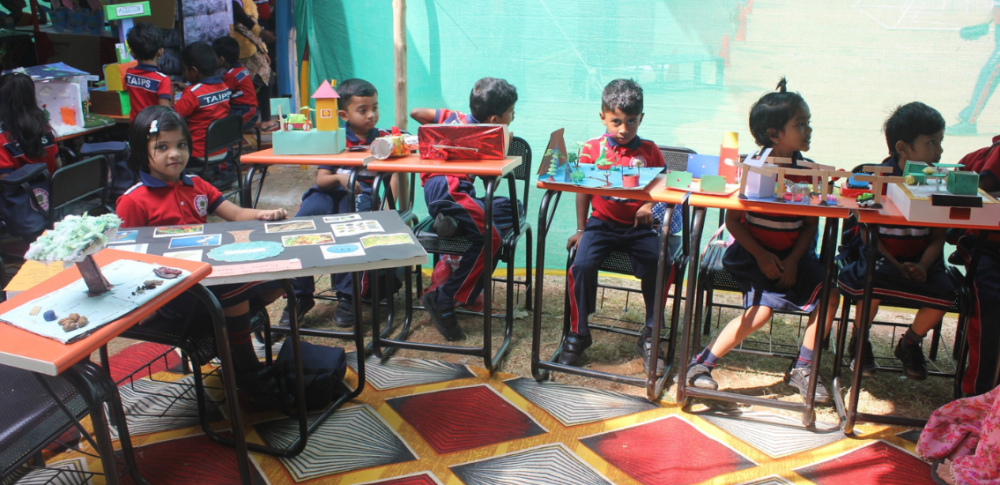
Make Learning Relevant and Applied
Connecting classroom lessons to the real world and students’ own lives is a powerful way to increase engagement and understanding. When students see how academic concepts apply in practical situations, it brings the material to life. Teachers should take time to highlight real-world examples and talk through how the skills being learned can be used outside of school.
It’s also impactful to have students apply their knowledge to projects, presentations, and activities. Instead of just reading about a topic, let them demonstrate what they’ve learned through creative outlets. For example, after a unit on persuasive writing, students could create a commercial, song, or poster advocating for a cause they care about. The act of creating something meaningful activates critical thinking and long-term retention. Tying coursework to students’ personal interests and talents is another way to make learning feel purposeful and relevant.
Differentiate Instruction
One of the best ways for teachers to be more interactive is to differentiate instruction in the classroom. This means varying your teaching methods and activities to appeal to different learning styles and strengths. Instead of relying solely on lectures or worksheets, find ways to engage visual, auditory, and kinesthetic learners.
Some ideas for differentiating instruction include:
Offering students choices in how they demonstrate their understanding, such as through a written paper, oral presentation, visual art project, or hands-on activity. Provide rubrics and guidelines while allowing creativity.
Using small group work frequently, assigning roles and tasks suited to each student’s abilities. Mix up groups often.
Presenting information in multiple formats like videos, readings, discussions, and demonstrations.
Adjusting the pace and variety of activities frequently to maintain student engagement.
Using formative assessments regularly to identify where students are struggling or excelling, then tailoring instruction accordingly.
Providing supplementary materials and resources for students who need additional support or challenge.
The key is getting to know your students’ strengths and learning styles, then actively developing activities and assessments that allow them to apply their talents. This keeps students engaged as active participants rather than passive listeners.
Promote Peer Learning
Getting students to teach and learn from each other is an excellent way to increase engagement and interactivity in the classroom. Group work, peer tutoring, collaborative projects, and other peer learning opportunities allow students to actively participate, rather than just passively receive information from the teacher.
When students work together in pairs or small groups, they are forced to communicate, share ideas, provide feedback, and practice other valuable skills. Group assignments like projects, experiments, presentations, and discussions give students a chance to learn from their peers. Teachers can promote teamwork and leadership skills by assigning roles within groups.
Peer tutoring is another interactive technique, where higher-achieving students help tutor their struggling classmates. The tutor benefits from teaching and solidifying their own knowledge, while the tutee receives targeted assistance from a peer. This method works well for reviewing material or practicing skills.
Collaborative learning fosters community and allows students to learn from diverse perspectives. Assignments and projects that require collaboration and contribution from each student encourage participation and engagement.
Overall, peer learning strategies create an interactive student-centered experience. By capitalizing on students teaching each other, teachers can become more interactive facilitators of knowledge rather than just lecturers. Students are more attentive, motivated, and invested when given the opportunity to actively participate and learn from their peers.
Gamify Your Class
Gamification involves applying game design elements like scoring, competition, rewards, and achievements to learning environments. When done thoughtfully, incorporating game-based incentives and mechanics into your classroom can increase student motivation and engagement.
The key is to keep the gaming elements purposeful, aligned with curricular goals, and not overly distracting from core learning. Some ideas include:
Set up a friendly leader board where students can earn points for participation, completing assignments, and demonstrating knowledge. Make sure students understand point values for activities.
Level up students who achieve certain benchmarks, and recognize their new status.
Create challenges, quests or mini-competitions related to academic skills and content. These could be done individually or between teams.
Reward students who excel with privileges, praise, or small prizes like stickers. Make sure rewards are equitable.
Give students “experience points” for hard work and let them cash points in for rewards or extras.
Design educational games, like Jeopardy-style quizzes or review bingo.
The right amount of gamification can energize your classroom and give students a sense of progress. But be thoughtful about rewards to prevent distraction from real learning. Make competition friendly, not cutthroat. And balance games with other interactive activities.
Embrace Student Curiosity
Curiosity is a powerful driver of learning. As a teacher, you can leverage students’ natural curiosity to create a more interactive classroom.
Allow time for questions and tangents. When a student asks an interesting question, consider taking a few minutes to explore it with the class. Even if it’s not directly related to the current lesson, following students’ curiosity shows that their interests matter. You can always bring the discussion back to the core topic afterward.
Follow students’ interests to keep them engaged in learning. Get to know what fascinates each student and incorporate those interests into lessons when possible. If a student shows curiosity about space exploration, use relevant examples when teaching science or math concepts. Linking material to students’ existing passions and fascination makes learning feel more meaningful and interactive.
Let students ask follow-up questions and don’t shut down their curiosity. If they want to know “why” or “how,” take time to discuss it rather than dismissing it. Validate their curiosity and give them opportunities to dig deeper into topics that intrigue them. They will be more intellectually engaged as a result.
Reflect and Get Feedback
Regularly collecting student feedback and reflecting on what’s working well in your classroom is crucial for becoming a more interactive teacher. Set aside time each week or month to directly ask students what they find most engaging and where they feel less connected. You can gather feedback through class discussions, anonymous surveys, or short reflection prompts.
Look for patterns in student responses to understand your strengths and growth areas. If multiple students express boredom during certain activities, brainstorm ways to increase engagement during those lessons. If certain interactive methods like debates or peer discussions are repeatedly highlighted, find more opportunities to incorporate those.
Additionally, reflect personally after each lesson on what went well and what you’d modify. Over time, you’ll discover which discussion formats, hands-on activities, and teaching approaches resonate most with your students. Adjust your methods accordingly to keep improving. An interactive classroom takes experimentation, creativity and being responsive to student needs. Reflection and feedback will help you continue enhancing engagement.

